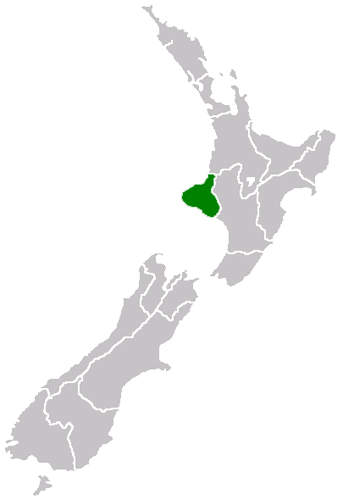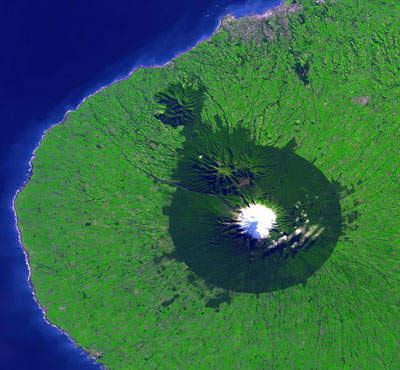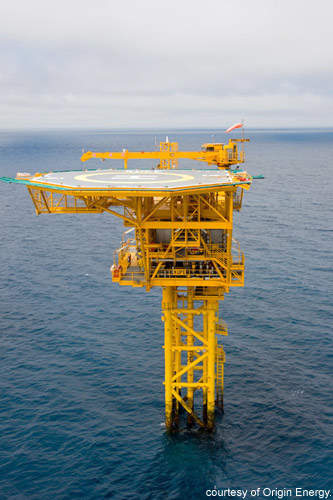The Albacore permit area, located in the northern Taranaki Basin, comes under Petroleum Exploration Permit (PEP) 38491. The permit area covers around 715km² and lies at water depth of 95m. It is located around 80km north of New Plymouth.
Westech is the operator of the project and is a wholly owned subsidiary of Energy Corporation of America. Westech has a 50% stake in the permit, followed by New Zealand Oil & Gas (40%) and Mighty River Power Gas Investments (10%).
The 40% stake that New Zealand Oil & Gas (NZOG) now has in the field was acquired from Westech. The stake was sold to NZOG through an agreement made in August 2009. Westech was holding a 90% interest in the permit before the execution of this agreement.
NZOG has recently been given new permit offshore Taranaki coast adjoining PEP 38491 in Taranaki basin in January 2010. The Taranaki basin covers an area of around 100,000km² and is not fully developed or explored compared to other complex basins, so has the potential to be explored further.
NZOG planned for the drilling of four wells as per its summer drilling programme, including Albacore. The other wells are Hoki-1 and two appraisal wells near Tui oil Field, planned to be drilled by AWE with the Kan Tan IV semi submersible rig.
Albacore and Taranaki Basin geology
The central Taranaki Basin region is just one in the potential prospective part of the Taranaki Basin. There are three different classifications within PEP 38491, known as Pliocene fan and two Mangaa sands. Through 3D Seismic studies, Pliocene turbidities along with Mangaa formation sands and a deeper volcanoclastic interval were identified over the project location. The Mangaa is composed of deep water sandstones of Miocene to Pliocene age.
The Albacore was found to consist of three distinct target zones that contain hydrocarbons. The prospect was more likely to contain oil than gas.
The recoverable reserves from Albacore were estimated to be close to 50 million barrels of oil and 100 billion cubic feet of gas, according to Energy Corporation of America.
Albacore-1 well
Albacore-1 is an exploratory well situated around 50km from North Taranaki Coastline and lies around 70km north of New Plymouth. The first well at the basin, the Albacore-1 is situated on the continental shelf at around 95m water depth. The well was drilled as part of the drilling work programme for PEP 38491. The well was spudded in December 2009. The drilling cost was estimated to be around NZ$20–25m.
The 3D seismic studies conducted at depths of 1,400–1,800m in the fourth quarter of 2009 identified certain potential structures, which are targeted by the exploratory well.
The 20in outer covering had been cemented and the well was drilled to a depth of 2,133m. While drilling, wireline logs and down hole tests were conducted and the findings are being used for enhanced understanding of the prospects of the permit and the northern Taranaki basin.
NZOG proceeded with further drilling and as no commercial quantities of hydrocarbons were found from the project (as of 21 December 2009), the well was plunged and abandoned.
Rig and drilling in Taranaki area
The ENSCO107 jack-up rig began drilling the project’s first well in December 2009. The rig was also employed for drilling at the Maari Field in the southern Taranaki basin. The rig has been in Taranaki waters since October 2007.
The maximum depth that the rig can drill is 30,000ft and the maximum depth that it can operate under water is 400ft. The rig is 157m high and 63m wide. Owned by Ensco / Keppel Fels, the rig was built by Keppel Fels at Singapore Shipyard and was delivered in 2006.










